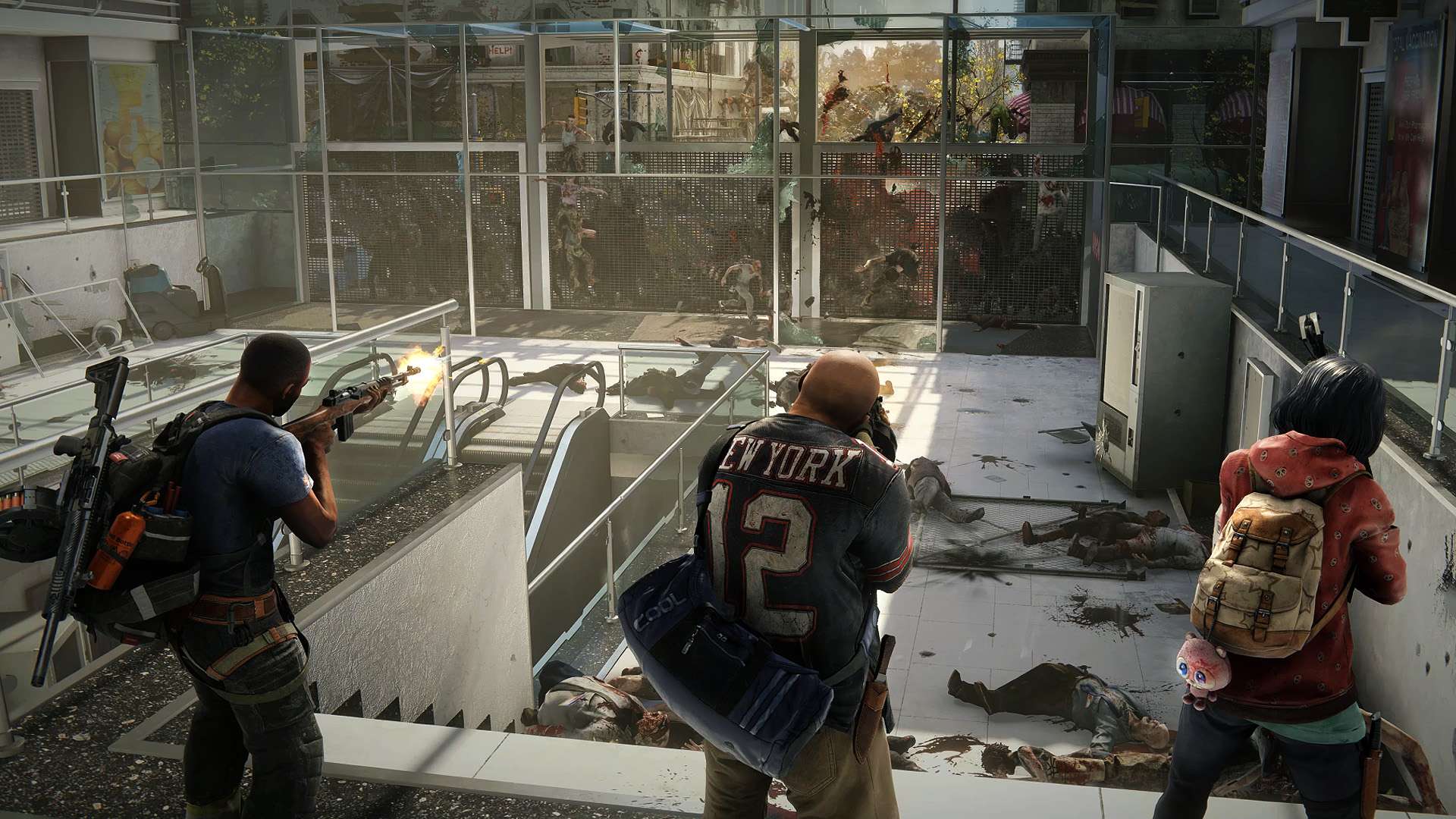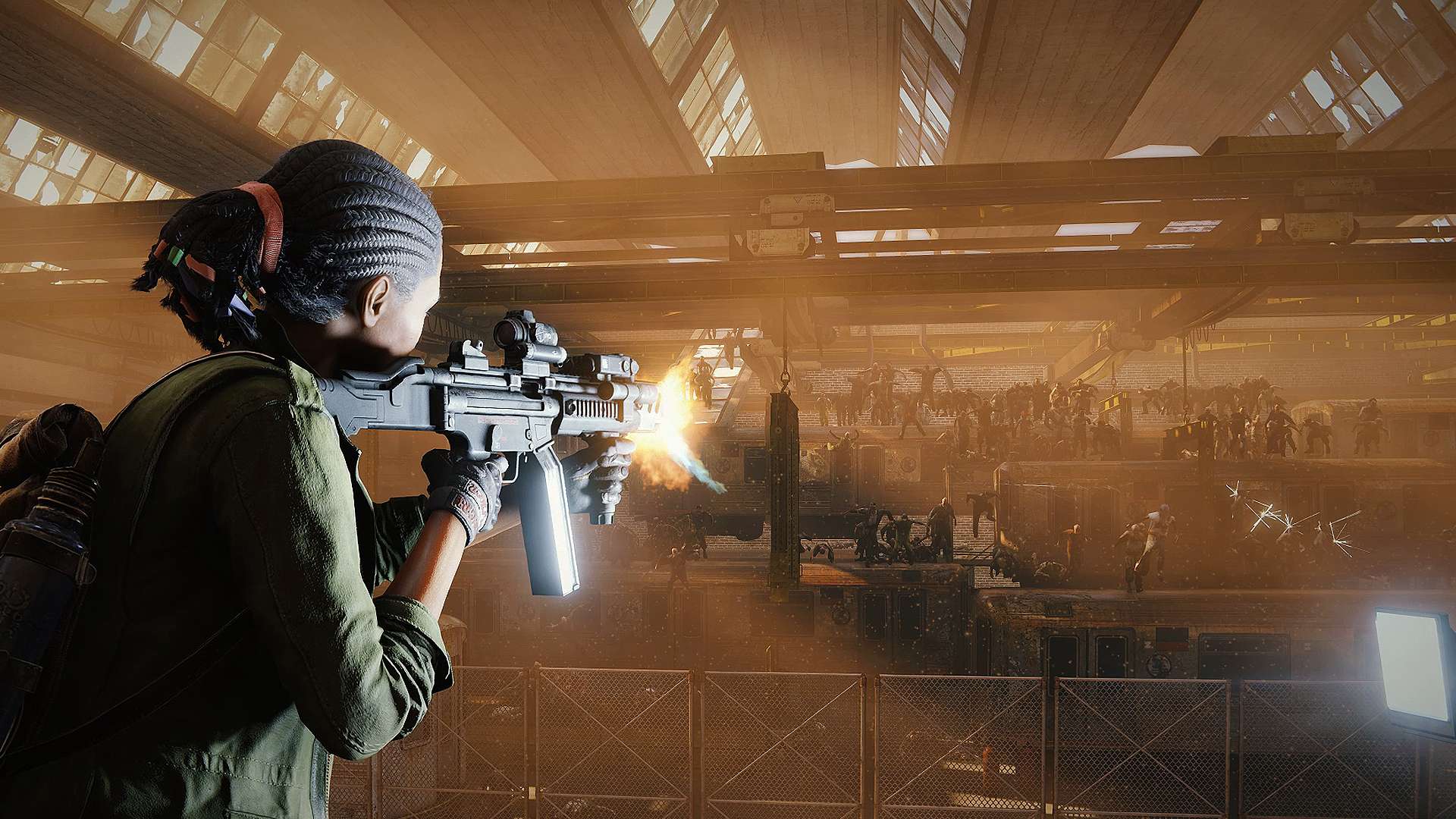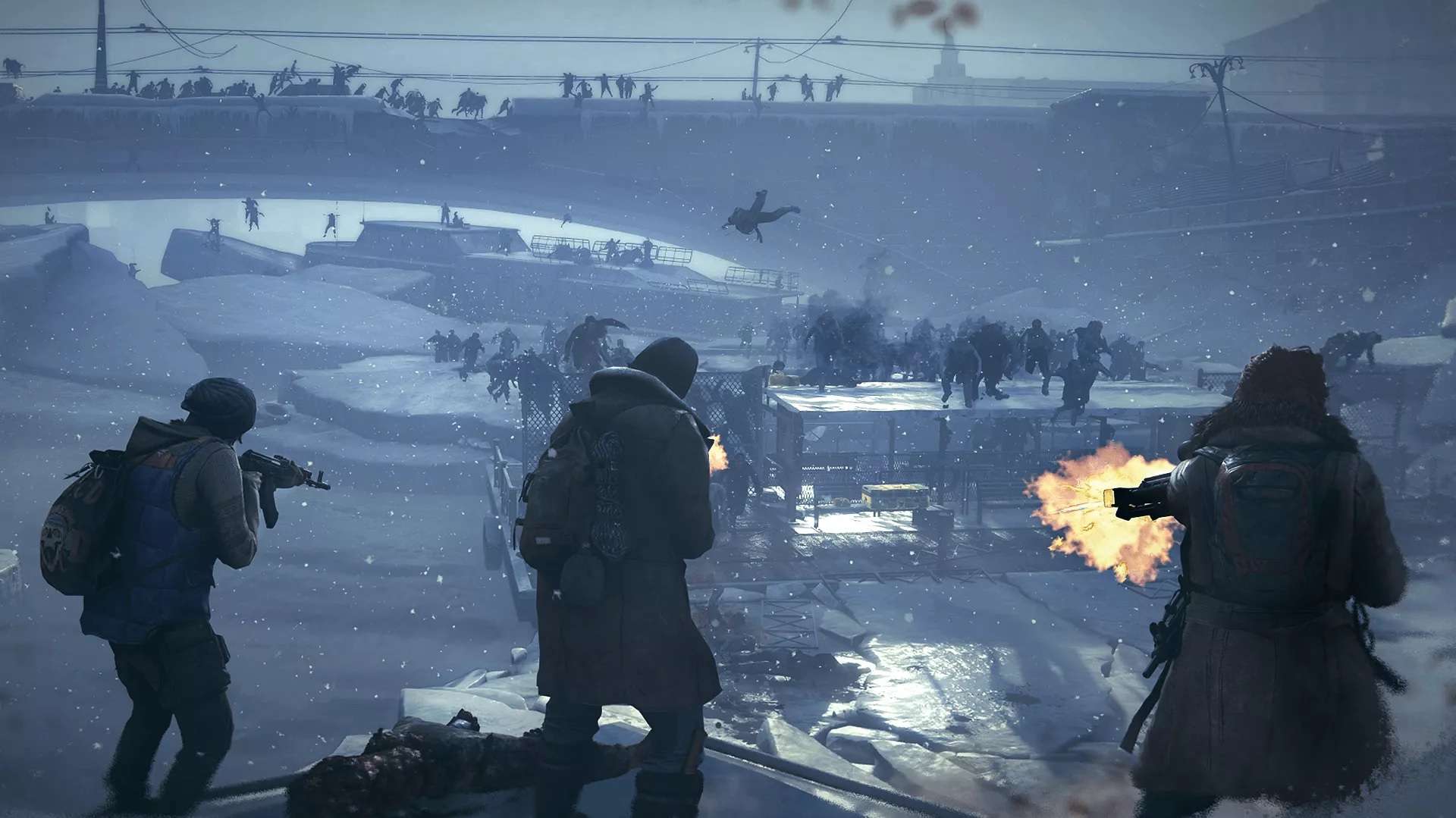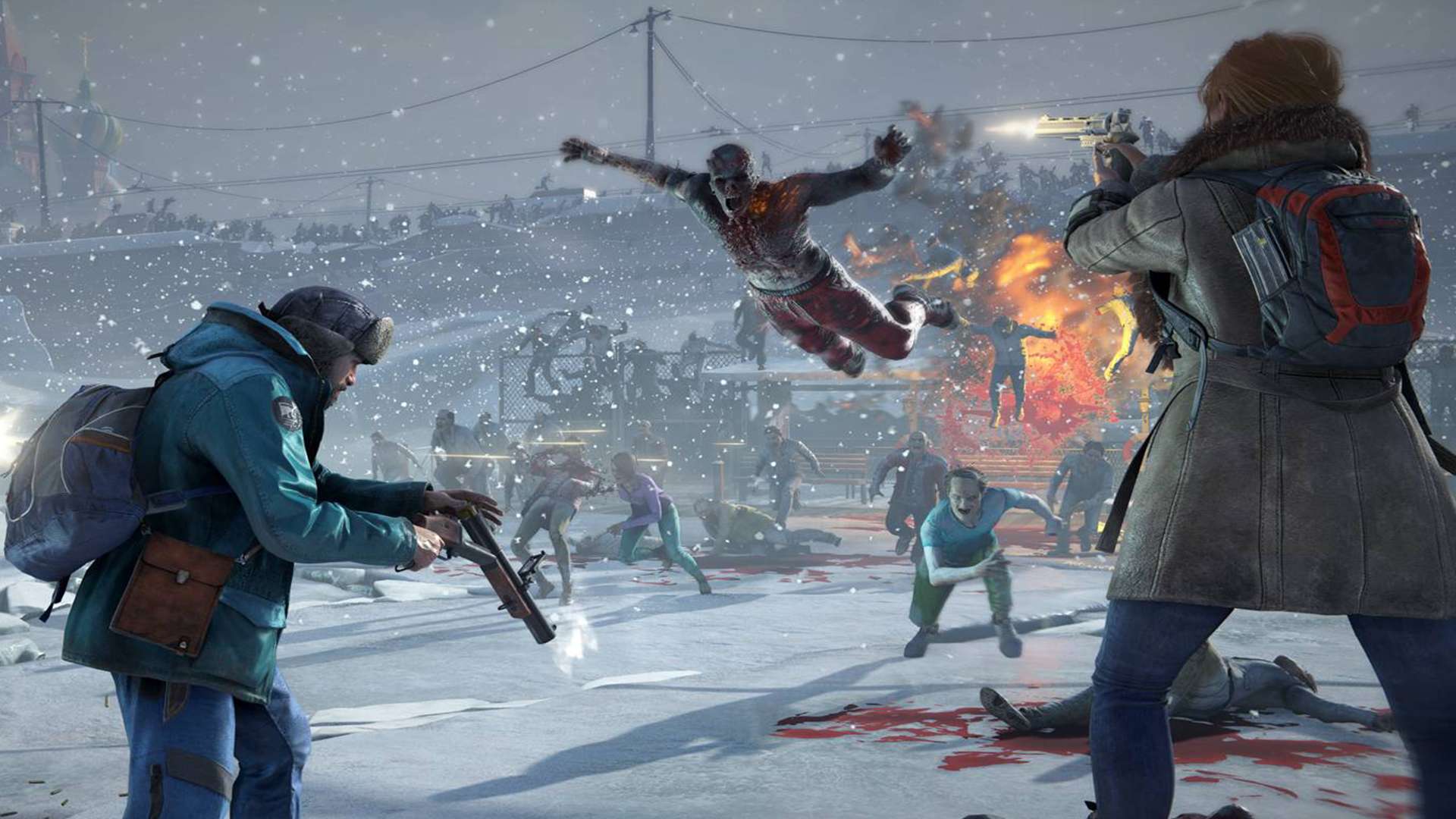
World War Z PC Review
Zombies in video games is a combination that goes exceptional well, like peas and carrots. so it is no surprise that I am talking about them in 2019. Players have fought against the undead as a journalist at a shopping mall in Dead Rising, shot at nazi zombies in Call of Duty and even had these meat eaters go vegetarian and attack the poor flora in Plants vs Zombies. No matter the theme, zombies are here and staying around for a long time. What is surprising is I am talking about World War Z, an IP we last heard of nearly seven years ago with the film of the same name that starred Brad Pitt caught in a massive worldwide zombie infestation. The film never got a sequel, and so with such a big gap between the film and the game, it seems bizarre to release a title that is linked to a resting property, but according to the developers, the name still has brand recognition – let’s be honest, it’s hard to forget a scene with the huge zombie wall in Jerusalem – and this was used to help give the game a boost in visibility in a rather crowded genre.
Even though the license used is based on the film, apart from the behaviour of the zombies, there isn’t anything here that offers a connection. This allows the developers to create their own game, story, characters and levels without having to adhere to the film. In fact, it is easy to see why people are yelling out about its similarities to Left 4 Dead, because this game follows closely to Valve’s zombie shooter formula – although that is not a bad thing to do.

The campaign in World War Z is in the same style as Left 4 Dead, offering five difficulties in the four episodes across four various cities around the world – New York, Jerusalem, Moscow and Tokyo. Each campaign is split into three chapters, apart from Tokyo, which only has two. This appears to be the developer suffering from either budget restrictions or lack of time in development as the third chapter for Tokyo is coming soon as a free download.
Each chapter is a point a to point b affair, lasting around 20 minutes as you perform the required objectives to keep pushing on wards. These are usually finding items, pulling some switches/pressing buttons or escorting something – it is all things we have done before in video games. Even though the mission design is uninspired, the actual level design does well to encapsulate the feeling of being in one of the four cities. Tokyo has all the winding roads, small houses and beautiful shrines surrounded by trees, while Moscow is covered in snow as you make it through the streets and into a art gallery. The places to visit are well picked, it’s just a shame that the objectives set in those locations are bog standard.

I purposely admitted the survival swarm stand-offs that happen multiple times in each chapter in the last paragraph, because this is where the game shines. Swarms are the vast amount of zombies that come rushing towards the group, throwing themselves off buildings and bridges in masses, running on top of each other to try reach higher ground. The amount of zombies that appears on screen is impressive, hitting numbers that Dynasty Warriors would be proud of. They do animate awkwardly in the distance as they comically fall off things, probably to keep performance up, but it’s no longer a laughing matter as they come in closer to overwhelm everyone, leaning weight on the fences to push them over and rush straight into harm’s way; not that the undead care about taking damage. To help in those situations are defence equipment – automatic turrets, manual turrets, mortar strikes and electric fences – which can be placed on highlighted segments. Ammo creates are also around to enable to pump thousands of bullets into the undead.
There is a wonderful feeling of satisfaction when bullets hit, seeing zombies fall over other bodies or watching their legs and arms drop off with a meaty sound effect, while using explosives on a tower of zombies launches them into the air. The swarm mechanic is the game’s best accomplishment, but it’s sadly too predictable, always happening in the same point in the level. It would have added more tension and horror if the swarms were random events, just like they are in Left 4 Dead. World War Z already has special zombie types that are random, the usual Lurker (Hunter) Bull (Charger), Gasbag (Boomer) and Screamer, so elements of unpredictability are included. Maybe the amount is too much to handle in some of the narrower pathways, but if they could do the swarm outside of the stand-off sections, then World War Z can improve the campaign with less choreographed event.

Each episode has its own set of playable characters, making each one a stand-alone short story, and while the design of the characters is good, there is no time to learn about them apart from a short unlockable video in the character profiles that appears after first playing as that person. I based most of my picks on the looks or the sound of voice rather than caring a short glance into their backstory. It doesn’t matter who is selected, since nothing differentiates them in terms of gameplay.
What separates play styles is the different classes available to choose from before jumping into a chapter. Each of the six offer alterations in starting primary and secondary weapons (one might start with a shotgun and pistol, while another has a silenced pistol and submachine gun), plus their accessible tool (ammo pack, C4). As you would expect, the Medic is good at keeping themselves and teammates alive with a stim pistol tool that boosts a characters health for a short period of time, while The Exterminator has Molotov cocktails available to torch the undead. Other classes include Gunslinger, Hellraiser, Fixer and Slasher, giving everyone something to help assist in their ideal way of surviving a zombie apocalypse.

One thing to note about recent Left 4 Dead inspired games is their inclusion of a progression system that is built into the gameplay design. I feel this is covering up maybe some of the short comings, as Left 4 Dead left it all down to the player’s skill to beat the hardest difficulties, while games like Warhammer: Vermintide require replaying levels to unlock better weapons and skills to have a chance in beating those hardest levels. I do see the appeal of gaining something new and using that to take the biggest challenge the game offers, as that perspective makes similar to doing post game content in The Division 2 or Diablo III.
World War Z follows in the same vain as Vermintide with its own experience, weapons and credits system. Repeat plays with the same class, no matter if a level is successfully completed or ends in death, adds experience points, with perks unlocking at each level up to level 30. Perks are focused on the class’ role. The Gunslinger features perks that deal 25% more damage to special zombies, reduce friendly fire from your weapon and add 50% damage boost when killing 25 zombies within a short time limit, while the Medic earns bonuses like reduced friendly fire for all team members, 10% chance to earn a medkit on killing 15 zombies and 25% chance to regain 25% health instead of getting knocked down when health hits zero.

When playing on the easier difficulties the classes don’t feel important to the gameplay, as staying alive and keeping off the smaller swam of zombies is easy to do. Pump up the difficulty, though, and the perks become much more apparent in their use as zombies come in bigger waves and supplies are limited. It makes sense to have a team built up of the various classes to accommodate each other, rather than everyone being the Gunslinger for the gun damage.
Weapons also gain experience, but this is based on their use and kills. Once a gun reaches a new level two branching options are available to increase key stats (reload speed, damage, etc.). Both unlocking perks and higher grade weapons require the use of supply credits. Now these are not microtransactions or any sort of free to play currency, this is the game’s money reward system that is then cashed in to purchase the perk or weapon after it is unlocked. World War Z has a fair amount of weapons available across shotguns, pistols, rifles, machine guns and crossbows, which are found randomly in levels. Unless you keep using the same weapon, it can take a fair amount of time to upgrade one to the maximum, especially now after a recent patch that stops weapons gaining experience if the player has not yet purchased the upgrade at its current level. Weapons also have tier markings between one to three, so a tier three shotgun will be better than a tier 1 shotgun, so it’s a no-brainer to keep a look out for these around the environment.

Without random elements to the game’s campaign, it can feel all familiar with multiple playthroughs. The game is designed to first be beat on the easier settings, with each step in difficulty recommending the class used be at a specific level. This is not enforced, so skilled players will be able to take on all five difficulties. With only 11 levels, though, the first experience is over fast, and so if the idea of replaying missions does not appeal to you, then all that is left is the pretty bog standard versus multiplayer. It does have a nice element of Player vs Player in different game modes, with zombies acting as this third party that brings in the swarm element to upset the flow of battle, but I was more into the campaign.
World War Z runs well on PC if you have a graphics card and a modern CPU from the past five years. I wouldn’t worry about running the game unless aiming for 4K resolution on maximum settings. I was initially going to complain about crashes and deduct a point from the score, but patches have now fixed that on the PC side, and with free support coming – the already mentioned Tokyo mission – that adds new zombies, difficulties, weapons and a horde mode, it looks like developer Saber Interactive are wanting to keep World War Z going for the long haul and fix the game’s minor shortcomings, so maybe we will see a dynamic swarm feature down the line, too. I can only hope, because what is here is fun, just there isn’t that much of it for the time being.
And that really is what it comes down to. I feel that if anyone enjoys cooperative player vs environment games like Left 4 Dead, Strange Brigade or Warhammer: Vermintide, then World War Z is for you. It’s not the greatest of the bunch, but it scratches the same itch as the above games while bringing a little something of its own with the swarm mechanic.
